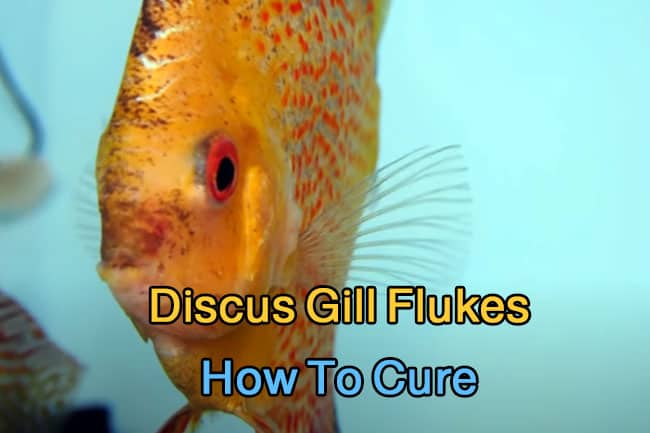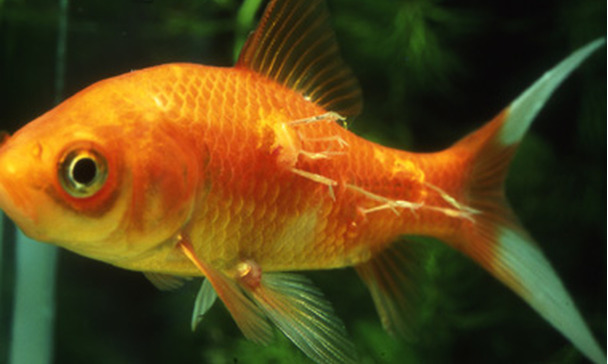Lajos_Detari
Fish Herder
- Joined
- Aug 27, 2017
- Messages
- 1,746
- Reaction score
- 1,423
Yes I have looked eSHa up, we have that available here. So will keep monitoring my remaining fish and give it a try.
Can the parasite survive without a host (fish)? If all the fish die can i introduce new fish after a while, and a proper water change, without having to introduce any medicine to my tank. Or do i still have to medicate my tank?
I'm evaluating whether it's worth trying to save the 2 remaining tetras or risk hurting the shrimps.
I read a website where it says that the parasites will die without a host.
But I have no idea how long they can survive without a host.
Probably, you need at least 1 month or longer for all of them to die.
Also, take note that snail can be a host for the parasites.
Lastly, Praziquantel is safe for shrimps.
Some information about Flukes:

How Do You Treat Gill Flukes in Discus? – Gill Fluke Treatment | Discus Rescue
Discus gill fluke disease is a disease found on the gills of the discus fish, which is caused by small white worm-like parasites, which could be seen only with the aid of a microscope. This disease becomes visible with symptoms such as difficulty in breathing, Discus gills sticking out, bad...

Identifying Diseases and Deficiency Symptoms Before It’s Too Late
Is one of your aquarium dwellers acting oddly or looking different? This could be a first sign of disease.
Skin and Gill Flukes
Nematode (Roundworm), Skin Flukes on Koi, Gill Flukes on Koi, Gyrodactylus, Gyrodactylus

Flukes | Fish Treatment Ltd
Flukes Flukes belong to the group of parasites known as consist of Monogenean trematodes. These are divided into Dactylogyrus species and Gyrodactylus species. Dactylogyrus Dactylogyrus are basically divided into those which can affect a range of fish species or those which infest only one fish...
 www.fish-treatment.co.uk
www.fish-treatment.co.uk
Treatments :
From http://www.simplydiscus.com/library/disease_medications/external/gills_flukes.shtml)
- Formalin can be used, but will not affect the eggs of flukes so timing is important. Jack Wattley in "Handbook of Discus" (1985) suggests three treatments spaced three days apart at three drops/gallon for 8 hours. Then do a 50% water change. Moving the fish to a clean tank can be done to make sure that hatching fluke eggs from the bottom of the aquarium do not reattach to the fish. Extra aeration should be used when using formalin. Do not use temperatures greater than 84 degrees F. as oxygen depletion can occur.
- Recommended treatment for safety of fish. Treatment with Prazi has been shown to be effective. Routine = 1/4 teaspoon/20 gallons, wait 48 hours, change 50% water, repeat, continuing for a full 21 days without interruption (Prazi also eliminates tapeworm, do not be surprised if the fish have one, it will come out).
- Flubenzadol is very effective and must be used for a full 21 days. Use 1/4 tsp/20 gallons every other day. Do 50% water changes daily (has been shown to be toxic to some fish). Untergasser (1989) reports that Flubenzadol also helps eradicate fluke eggs (it also eliminates internal worms/nematodes). Usually the fish may start acting better after 4 or 5 days.
- Salt dips at 3% may help according to Dr. Carrington (Maintaining a Healthy Aquarium, 1985, Salamander Books), dose at 7.5 tablespoons/gallon until the fish "rolls over" then transfer to clean water.
- Potassium permanganate dip has been shown to help on the live flukes.
